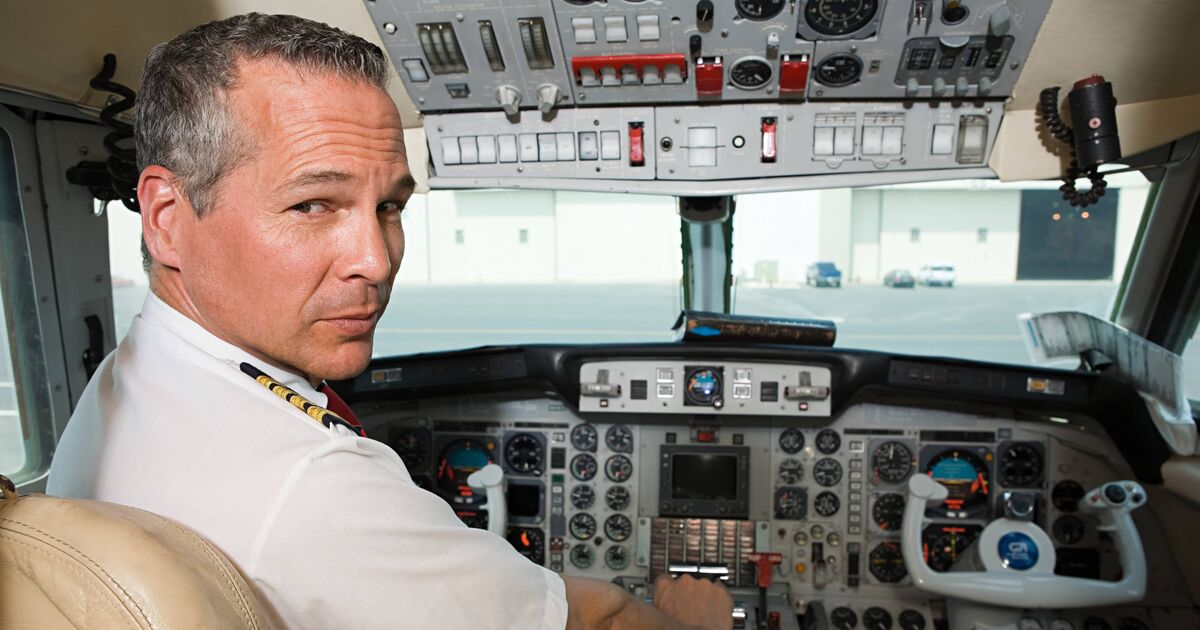Despite boasting over 10,000 hours of flight time and two decades of international flying experience, one commercial airline pilot admits there’s one location he still steers clear of. It’s not due to a fear of flying, but rather the extreme conditions presented by the location.
The place in question is Antarctica. Travel experts Wildfoot Travel say even experienced pilots recognise that the southernmost continent offers some of the most unpredictable and harsh flying conditions on earth, which is precisely why most tourists don’t arrive via commercial aircraft but instead travel on specialist expedition vessels.
Richard Wells, a 54-year-old retired long-haul pilot from Kent, spent more than 22 years flying across Europe, Asia and the Americas. Despite his extensive airtime, he draws the line at Antarctica.
“I’ve flown into mountainous regions, remote islands and through tropical storms. But Antarctica? That’s different. Weather changes with no warning, there are no proper runways in most areas, and if something goes wrong – there’s no backup. It’s not worth the risk,” he said.
Whilst a handful of flights do operate to the continent, particularly to King George Island, these are strictly regulated and weather-dependent, with regular delays and cancellations due to sudden whiteouts, fierce winds, and virtually zero visibility, reports the Mirror.
Commercial airline pilots do not fly there. Only highly specialised charter flights or military and scientific missions operate in the region.
Wells added: “There’s no margin for error. The infrastructure is minimal, and even experienced flight crews have limited options if conditions deteriorate mid-flight. That’s not something I’d ever gamble with.”
Beyond visibility and runway concerns, the absence of air traffic control, unpredictable jet streams, and lack of emergency diversion routes all contribute to the danger.
Despite the aviation challenges, Antarctica remains a dream destination for thousands of British tourists every year.
Wildfoot Travel, a travel expert, reports a sharp increase in interest for 2025 departures, especially for those seeking to explore the continent’s wildlife, towering glaciers, and surreal landscapes without relying on direct air access. Their most popular options include:
- Small-ship cruises from Ushuaia, Argentina, crossing the Drake Passage
- Fly-cruise hybrids, where travellers fly to King George Island and board an expedition vessel
- Extended voyages including the Falklands and South Georgia, known for penguin megacolonies and elephant seals.
All journeys are accompanied by expert guides, marine biologists and ice navigation crews who are specifically trained for polar conditions. Travellers also enjoy daily landings, often via Zodiac boat, with opportunities to see Adélie, chinstrap and gentoo penguins, whales, leopard seals, and towering icebergs up close — an experience that simply cannot be replicated by air travel alone.
Antarctica is not only the coldest and windiest continent, but it’s also one of the most challenging for aviation. There are no large-scale commercial airports, minimal navigation aids, and the environment can change rapidly with little warning.
Regular temperatures can impact flight instruments and engines, and strong katabatic winds can make landings unsafe at short notice.
All expeditions adhere to strict IAATO environmental protocols, ensuring safe and responsible tourism in this delicate ecosystem.

